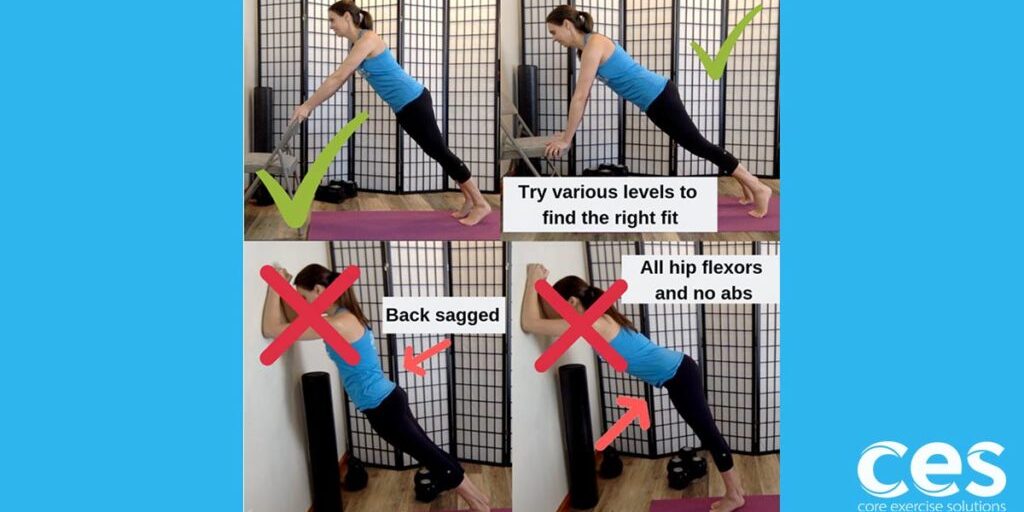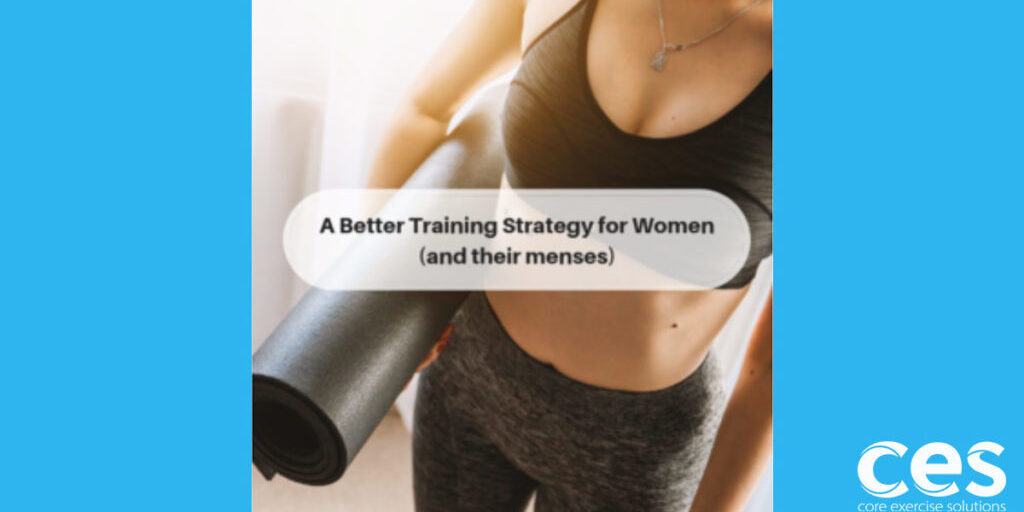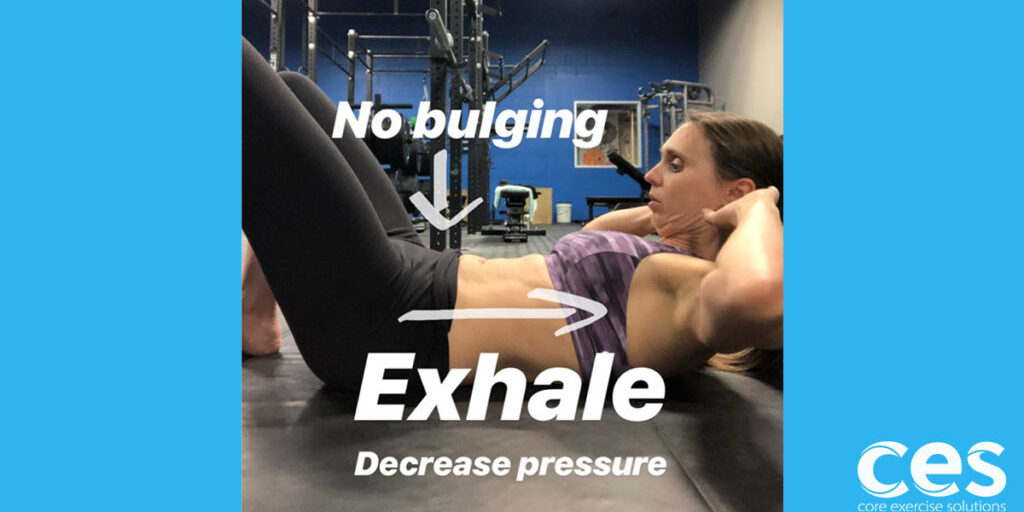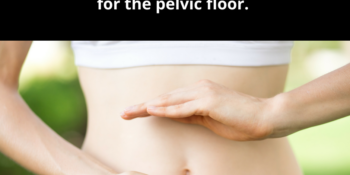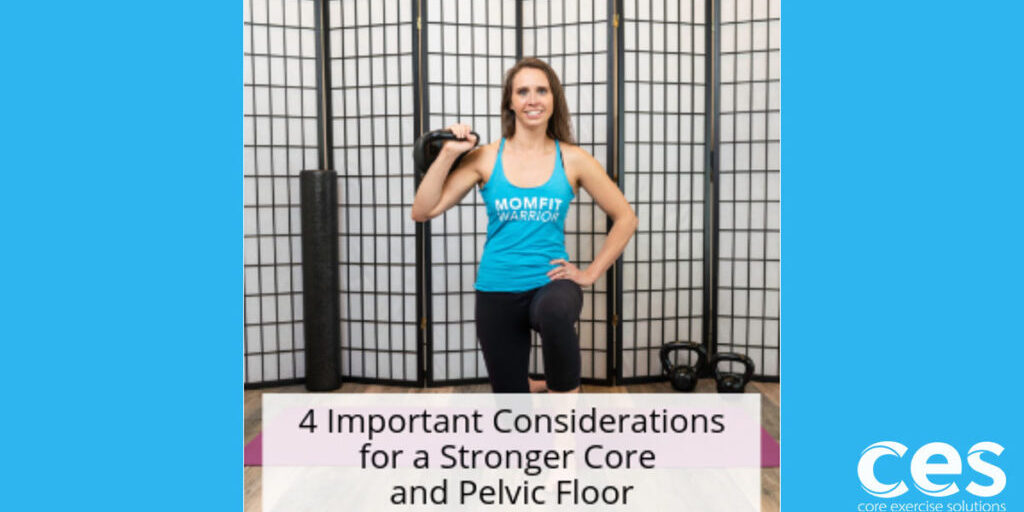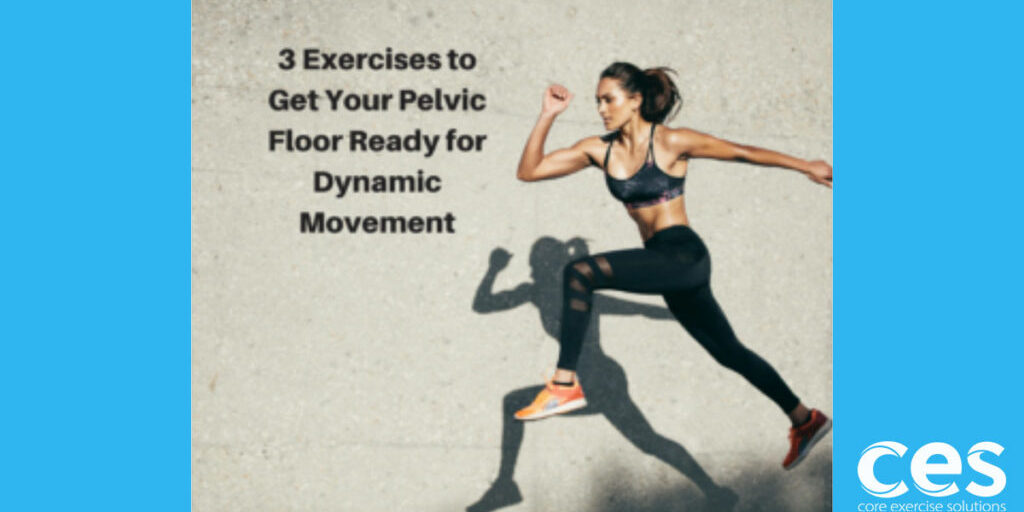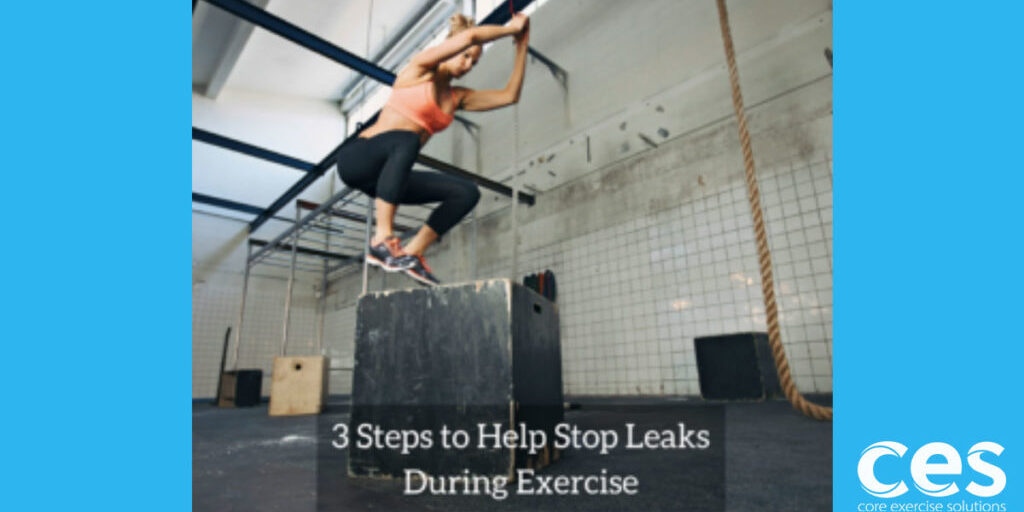Running.
One of those great activities that burns a ton of calories quickly, helps you get in shape fast, and does a great job at maintaining sanity. The unfortunate part is women often head out the door to run too soon post -baby, and when you couple that with poor running form, the risk of leaking, prolapse (pelvic floor), and other injuries skyrocket.
Running form matters. How you hold yourself and balance your weight determines what muscles you use to run. That’s why some women get great looking bums and others just get big calves. That actually does have to do with the technique they use to run.
Here are a couple key steps to help with getting the most out of your run and do the least amount of damage to your pelvic floor and abs!
Step #1:
Where is your energy going when you run?
Do you bob up and down or is your energy spent propelling you forward? Too much up and down and not enough forward increases impact forces on the ground and your pelvic floor. The pelvic floor really doesn’t like pounding, especially during the first 6 months to a year postpartum.
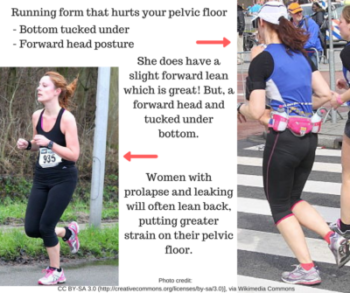
Increasing forward force increases speed and muscle needed for push off, which means your bum (glutes) gets more work.
Slow running can end up being all calves and quads… fast running often recruits the glutes (butt muscles) more. We want more glute activation! Your glutes protect your low back and pelvic floor from injury.
A great way to tell if you are running with up and down force or forward force is to listen to your feet. Do you pound on the pavement or could you sneak past people like a tiger or ninja or ninja tiger? Even better!
Do you feel heavy or do you feel light?
If you feel heavy, speed it up and combine fast running with walking. Better known as intervals. I’d much rather see a runner tackle 1 min of great running and 2 min of walking for 30min than go run for 30min at a slow plod.
Another great way to build glute and core strength is to tackle hills. Keep it small and short to start with, but think about powering up the hill by pushing with your glutes (butt muscles).
Technique points:
Chin is tucked slightly with a long neck, ribs down with a slight forward lean, arms assist in propelling body.
A hill naturally makes you lean forward, which is awesome for teaching proper running form.
Just be careful not to overdo (don’t go out a run 10 hills, start with 2 or 3 and see how your body feels the next day) and I don’t recommend running hills until you can run for 1min on 2 off for at least 30min.
A forward lean also decreases stress to the knee, and knee pain (patellofemoral joint) is a common complaint among women.
Step #2:
Is your chin leading the way? Forward head posture decreases core activation. Getting great head positioning helps align your entire body, which ensures both your abs and glutes work like they should for running.
Check in with yourself during your run and note your head positioning. Purposefully think about tucking your chin slightly and lengthening your neck to align your body. Be ready to reset as you feel your shoulders slump forward, your upper abs grip down or your bum tuck under. Try and feel the connection tucking your chin and coming taller has with your lower abs. Most people can feel their lower abs activate more when moving their head back in alignment with their bodies.
Just don’t go overboard. I’m not talking about military posture. I do not want your back working harder. It’s a simple tucking of the chin and coming taller with a forward lean, do not arch your back more. If you feel your back muscles get tired or strained, you are going overboard with this posture.
Here is a great chin tuck exercise to build up the muscles that help you align your head.
Step #3:
Taking steps that are too large. This can be a big issue for hamstring strains and prolapse because you are reaching too far forward. It can also increase the impact force through your heel causing excessive joint loading.
Not all heel striking is bad but if you want to soften the load on your joints and increase the demand on your muscles try not to reach out quite as far with your foot. Think about getting a bigger push off from your glutes (butt muscles) than reaching out with your foot. (Use caution if you have a labral tear, pushing too hard can shove the femur forward in the joint if you don't have the muscular system in your hip to support good alignment.)
When you reach out more than you push off, this will cause your bottom to tuck under. The glutes can’t work if you hold them under for your run, which forces your calves and quads to do most of the work.
The other thing that can help is simply shortening your stride and taking more steps.
If you are having trouble getting your leg to extend behind you and you feel like it’s all coming from your back, try some split stance lunges before your run to help loosen your hip flexors and activate your glutes.
Step #4:
Breathing when you run.
A common complaint I hear from women post baby is “I can’t seem to get air in anymore”. Your body adapts to accommodate the growing baby, which means the muscles in your back get tight from overworking and your diaphragm gets shoved up into your chest cavity to make room. This completely shuts down your deep breathing system. You must take specific steps postpartum to get it back working correctly. If you don’t, you may end up running with your shoulders up by your ears and breathing into your neck instead of your diaphragm.
So, if you feel like you can’t breathe like you used to, that’s common and can be fixed!
Try these exercises to help focus on deep breathing.
Step #5:
Efficiently using your arms.
Are your arms just something you carry along with you for your run or do they help propel you forward? Getting a great arm swing and activating your midback muscles also turns on your core. Imagine taking your run from being all calves and quads to using your abs and glutes? Awesome!
A quick tip is to not let your elbows wing out from your body. Do you look like a runner or a chicken trying to fly? I joke, but keeping your arms tucked in can help speed up your run and activate your core and glutes. Combine that with a chin tuck and a slight forward lean and you are going to fly (not like a chicken) and decrease your risk of damage and injury to your body along with it!
Review Checklist for Running:
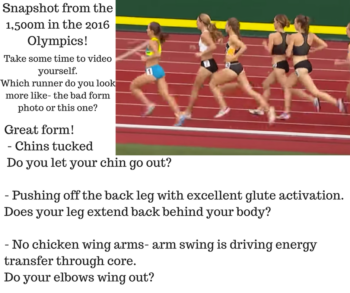
- Is your running stride all out in the front like a horse pulling a cart along or does your leg spend most of its time in the back, pushing you along like a racehorse activating your glutes?
- Do you have chicken wing arms or do you transfer energy generated from your arm swing through your upper back and core efficiently?
- Are your neck and upper shoulders tight after you run or do they feel relaxed? This is a sign you are using a shallow breathing pattern and disconnecting the use of your core from running.
- Does your chin stay tucked and neck long or does it poke out and lead the way?
- Do you have a slight forward lean, pushing through your glutes to go forward or are you more upright with your bum tucked under?
Running is an amazing exercise and when done correctly can go a long way toward building an amazingly strong body!
Dr. Sarah Ellis Duvall, PT, DPT, CPT has a passion for helping women become strong and confident in their body, free from aches and pains. She has several online programs for women that take them through a progressive exercise program to heal pelvic floor issues and abdominal separation. Sarah has a lifelong passion for running, including competing for Clemson University on the Track and Field Team. She has also run numerous road races post-college, including a marathon.
If you’re a fitness or healthcare professional, check out the Postpartum Corrective Exercise Certification Program to learn more about the most effective cues and exercises for helping women gain complete recovery.
References:
Dorn TW, Schache AG, Pandy MG.Muscular strategy shift in human running: dependence of running speed on hip and ankle muscle performance. J Exp Biol. 2012 Jun 1;215(Pt 11):1944-56.
Teng HL1, Powers CM. Sagittal plane trunk posture influences patellofemoral joint stress during running. J Orthop Sports Phys Ther. 2014 Oct;44(10):785-92. doi: 10.2519/jospt.2014.5249. Epub 2014 Aug 25.
Free Pelvic Floor Educational Series
Dr. Sarah Duvall, PT, DPT, CPT and the CES Team have helped thousands of women create the strength and stability needed to overcome common and not-so-common pelvic floor issues.
Join us today for this 4-part Pelvic Floor Video Series, absolutely free.
We don't spam or give your information to any third parties. View our Terms of Use and Privacy Policy.
Having trouble signing up? Click here


